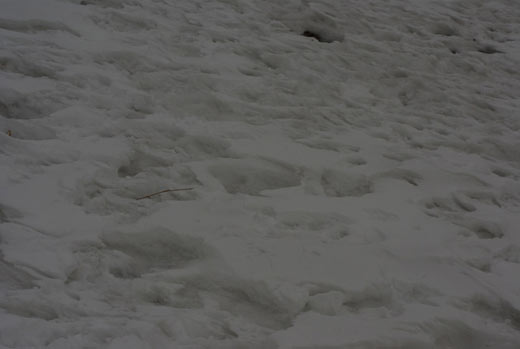Hat tip to moinmoin from our photo forum for this excellent find.
Definitions below taken from http://jekophoto.eu/tools/
“The “Blue Hour” is a mostly short period of time direct before sunrise and after sunset. The duration of this outstanding mood of light varies. In the middle european area the Blue Hour typically persists between 30 and 50 minutes. In e.g. more northern locations — as Fairbanks (Alaska) or Saint Petersburg (Russian Federation) it lasts up to 5 or 6 hours. If you are closer to the equatorial area the period of time is much less. The name “Blue Hour” comes from the blue colored sky. This characteristic blue is based on the fact that there is neither full daylight nor complete darkness as the sun is below the horizon. Another impression is the mixture of the blue natural and the warm artifically lights.
The “Golden Hour”, sometimes called “Magic Hour” is a time frame shortly after sunrise and before sunset. The sun is near the horizon and the light, with it’s golden color, is very warm. These facts gives photos more structure and an outstanding mood of light. As the “Blue Hour” the duration of the “Golden Hour” with its special charme depends on the geographic location. ”




